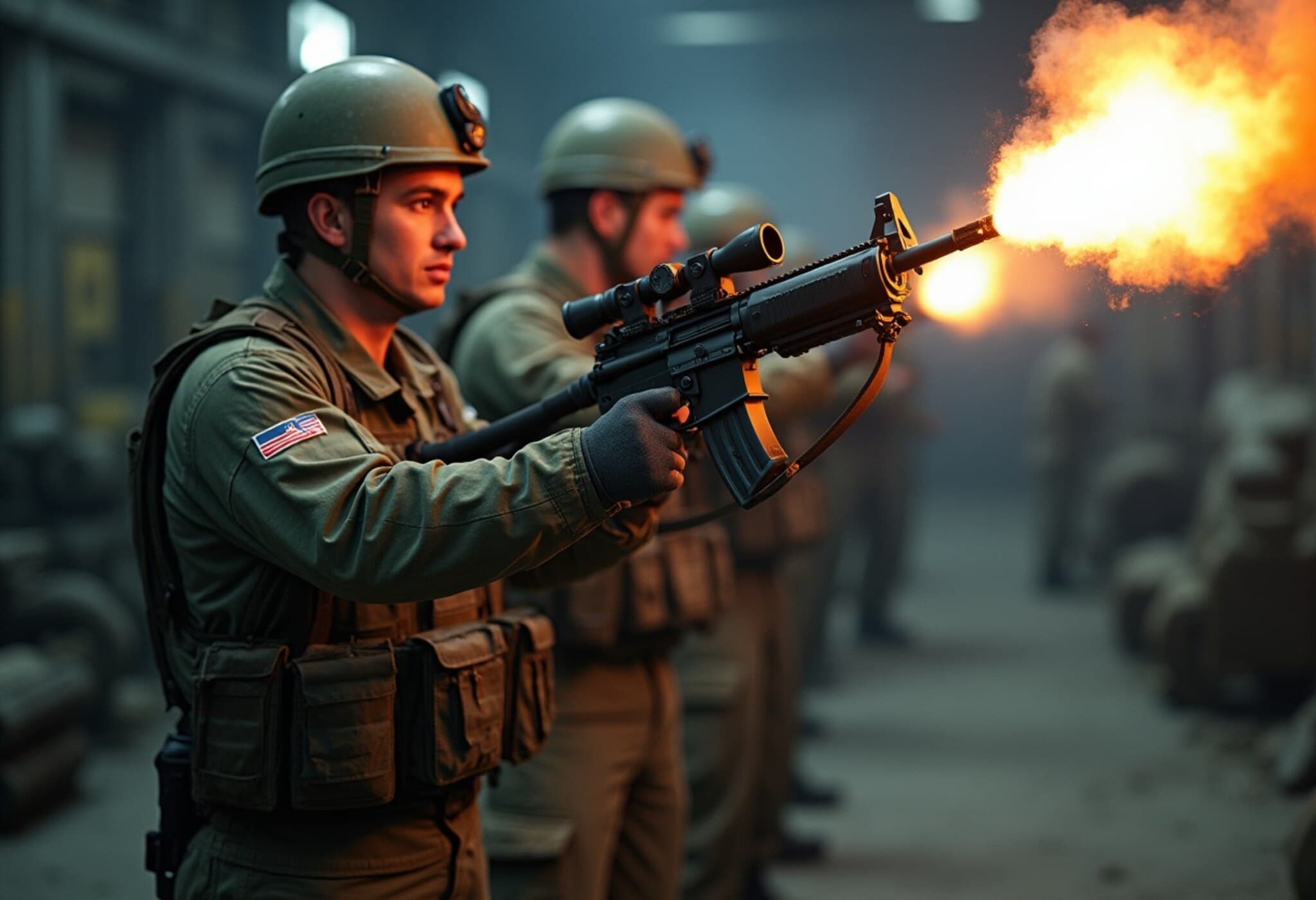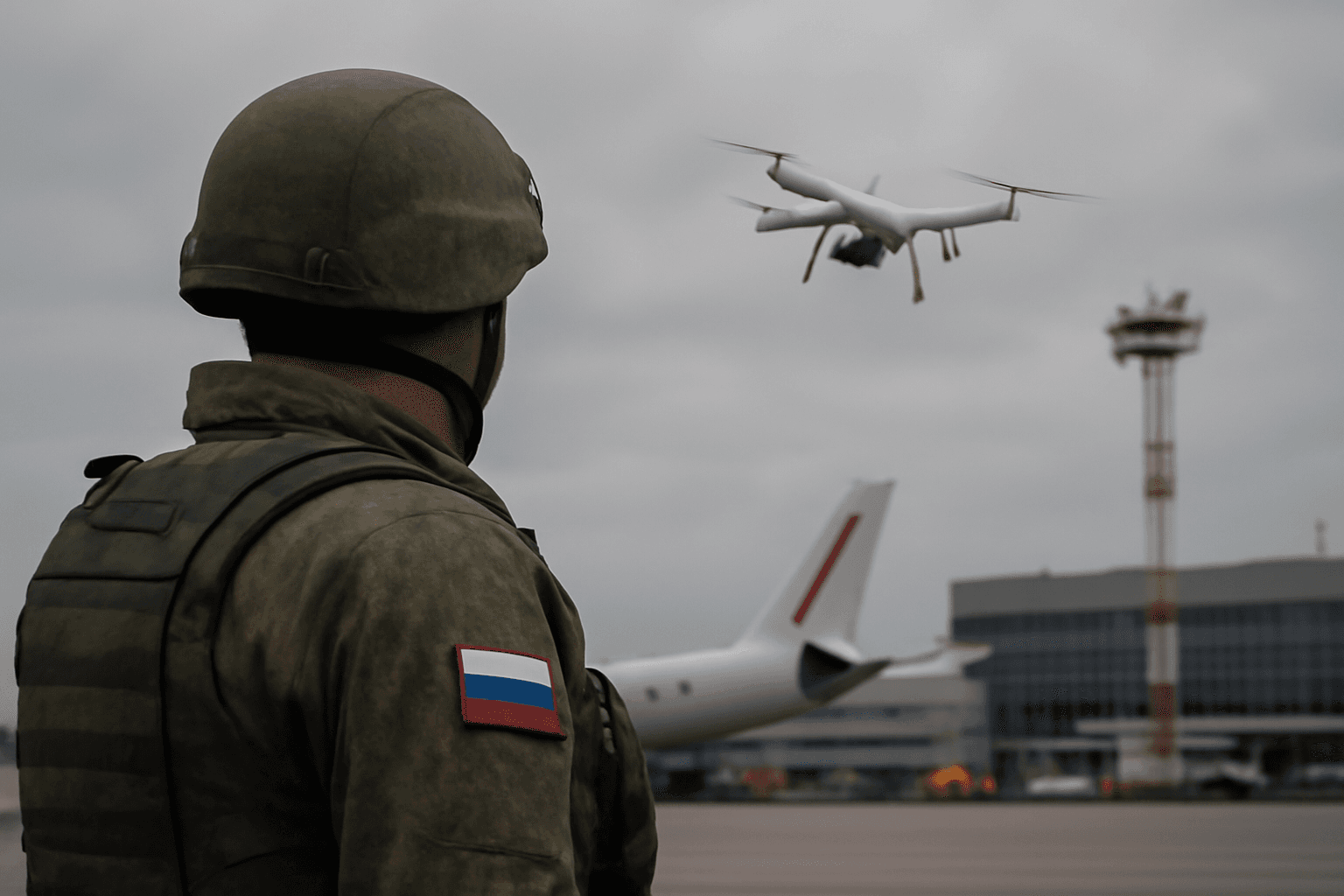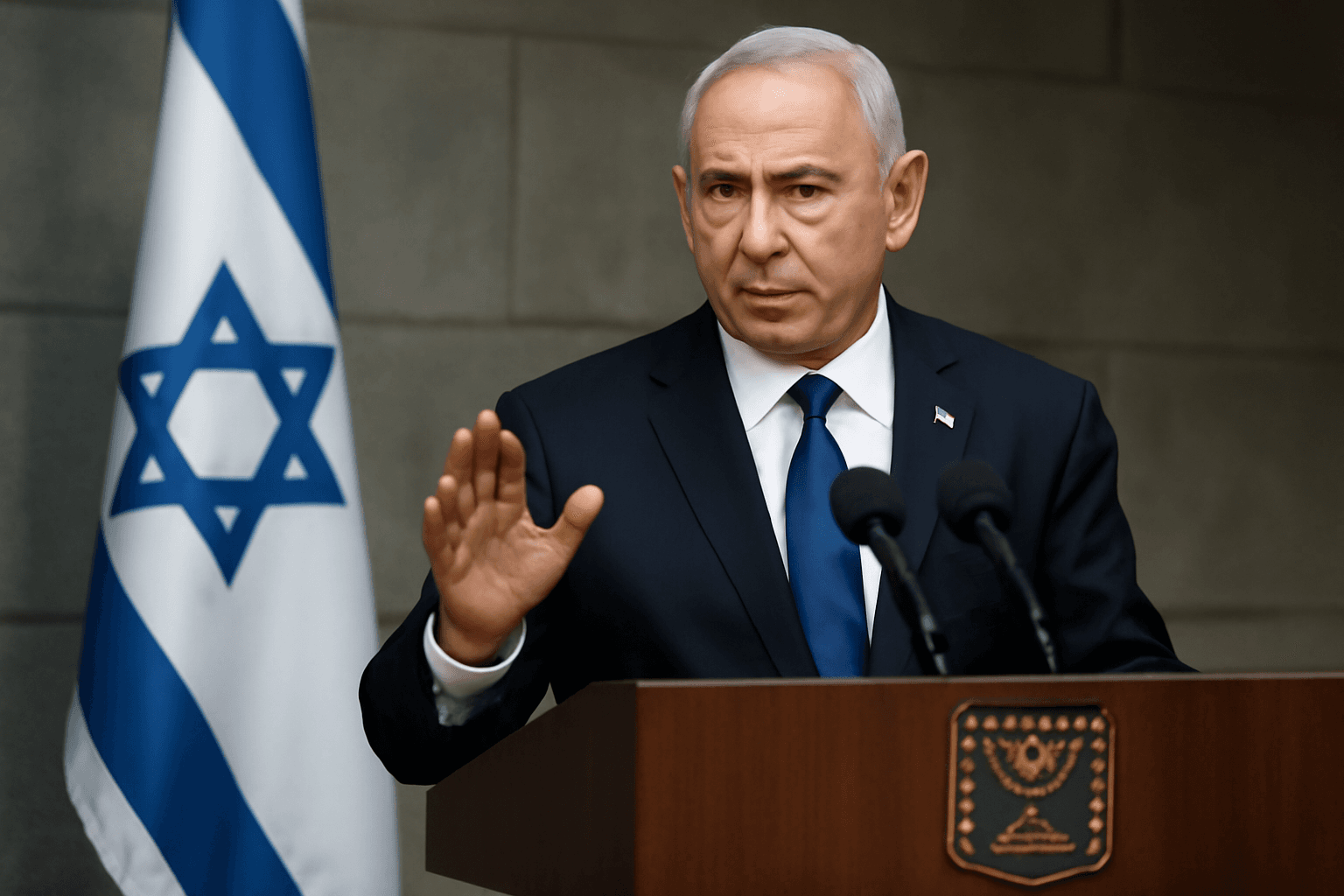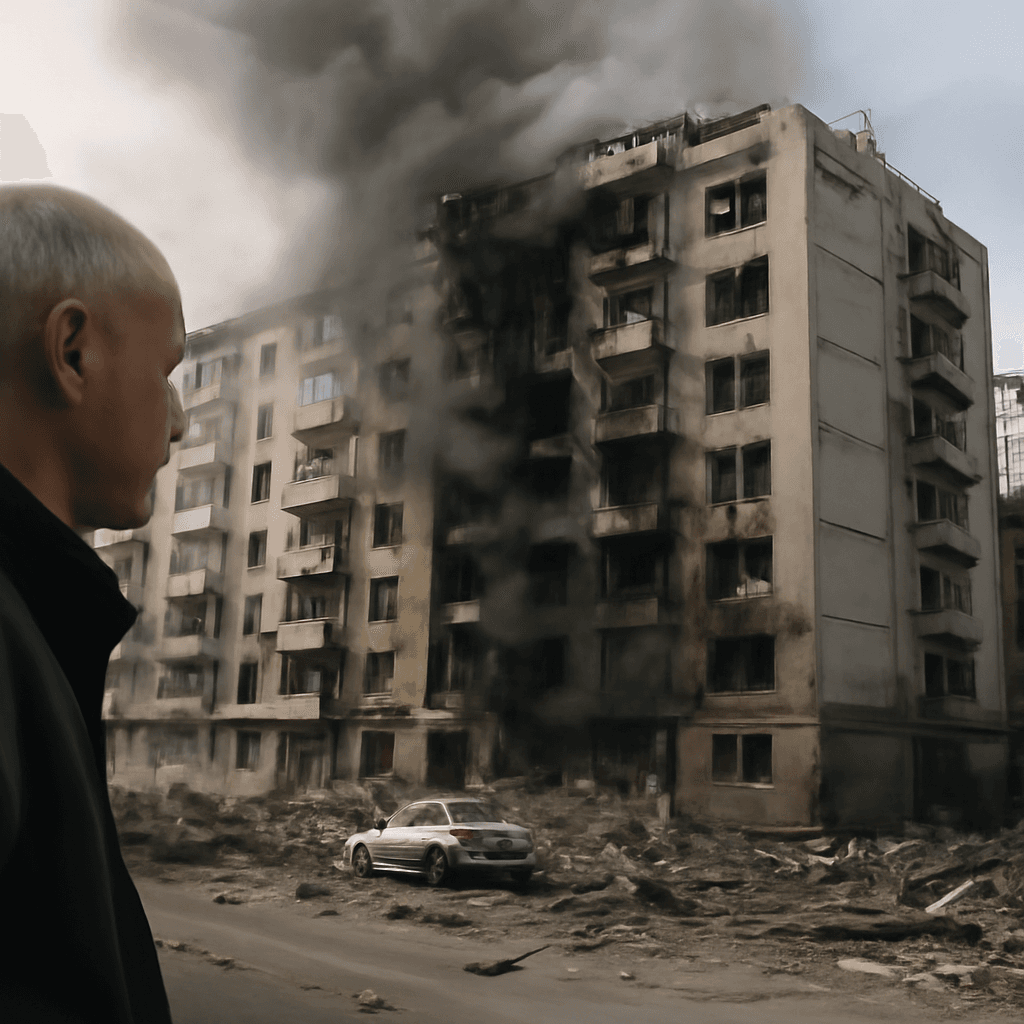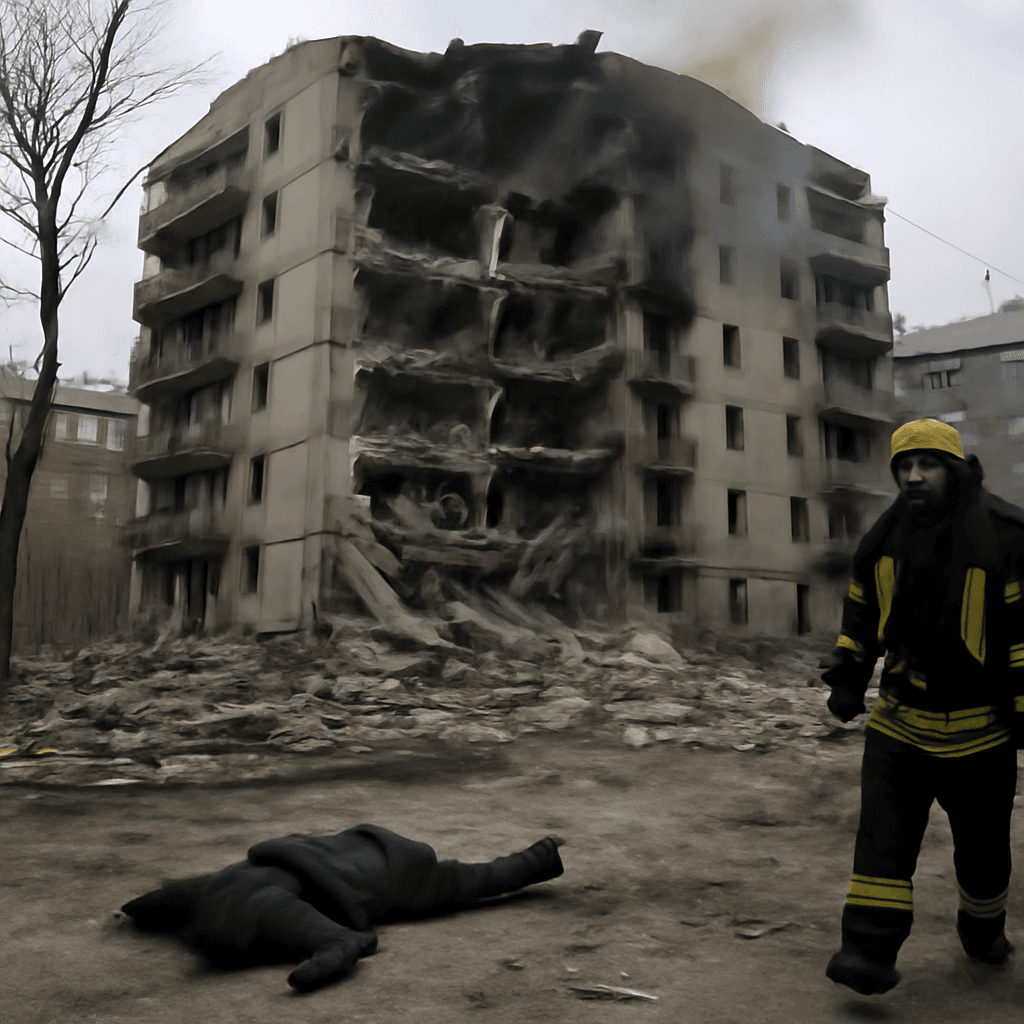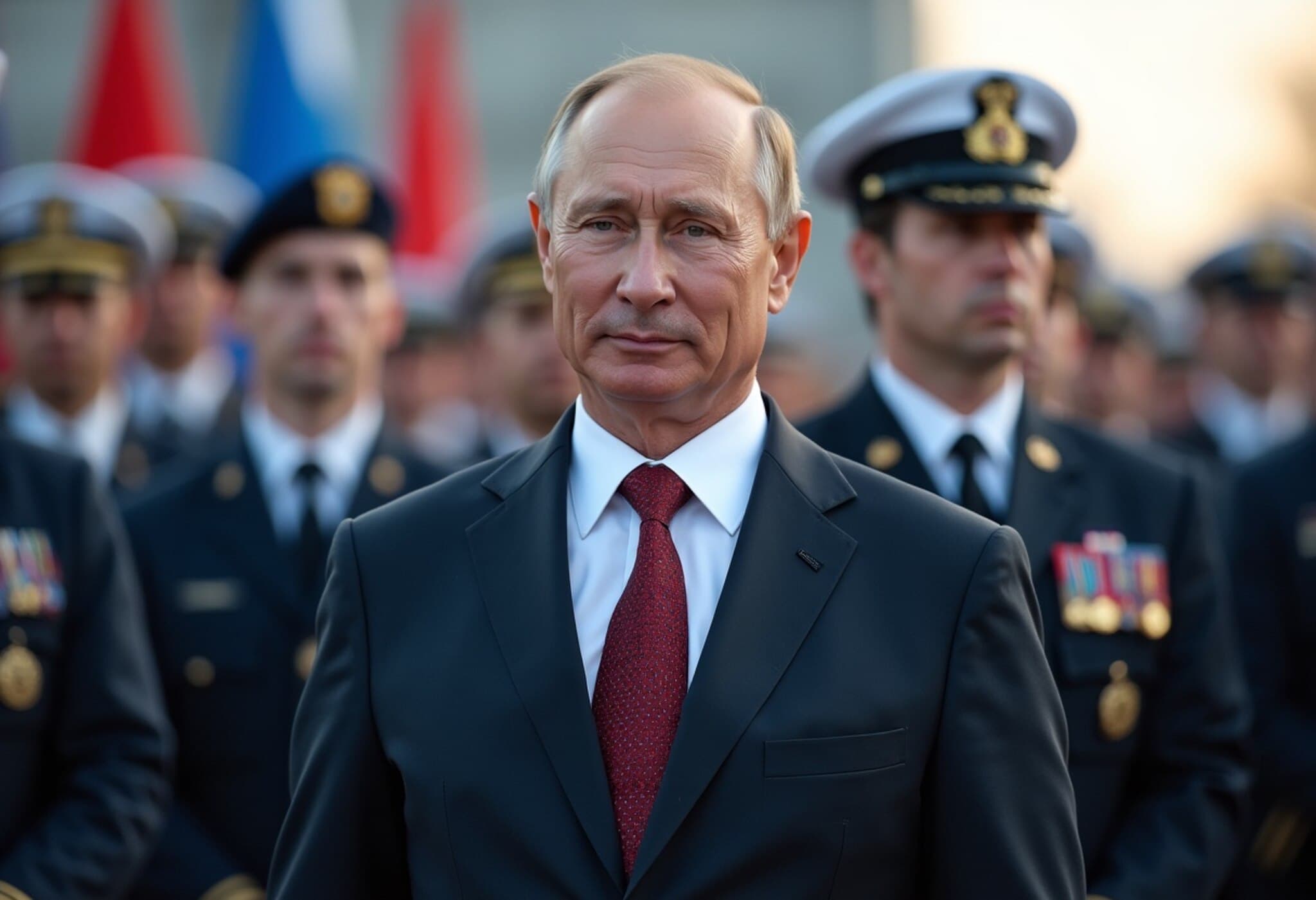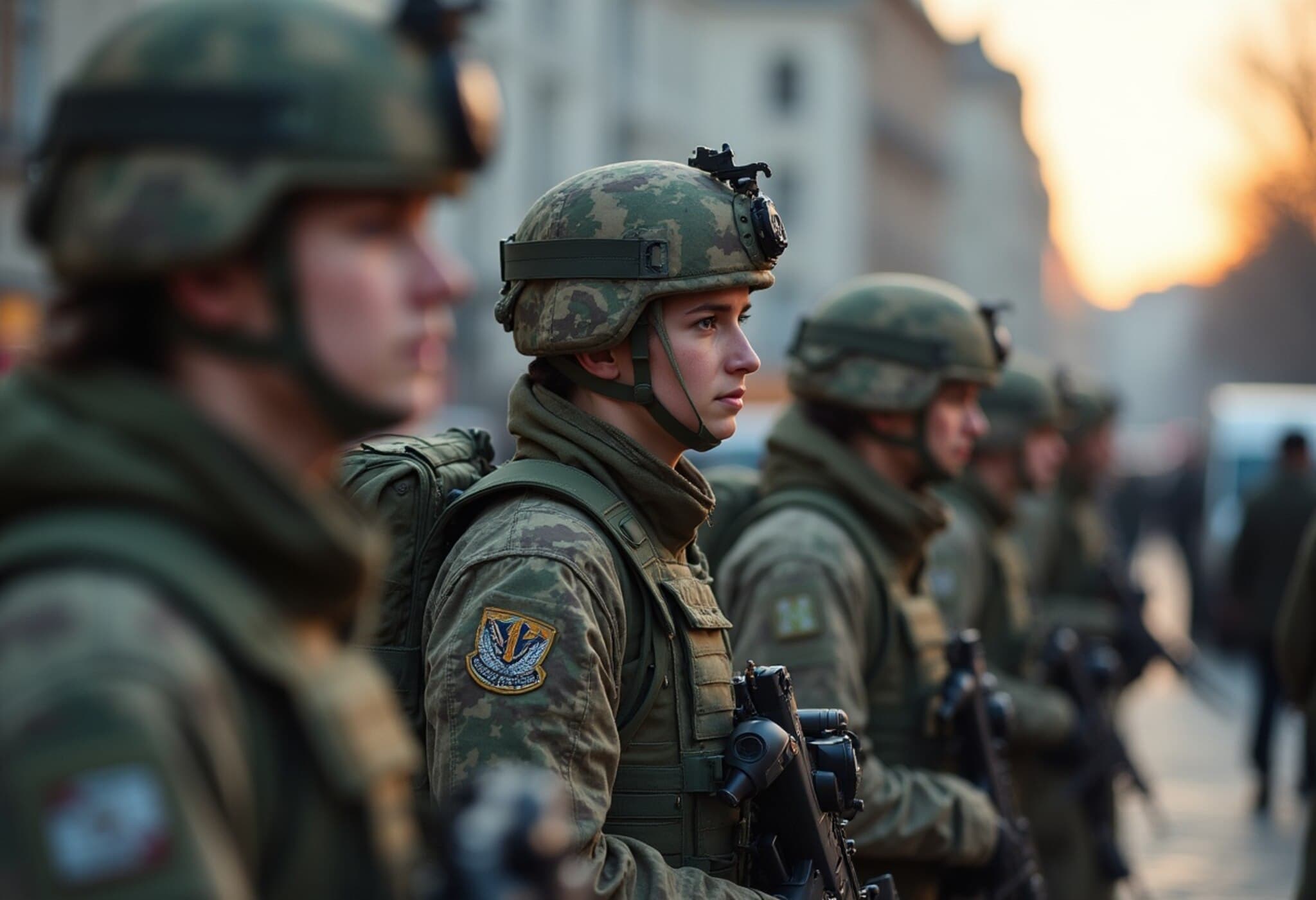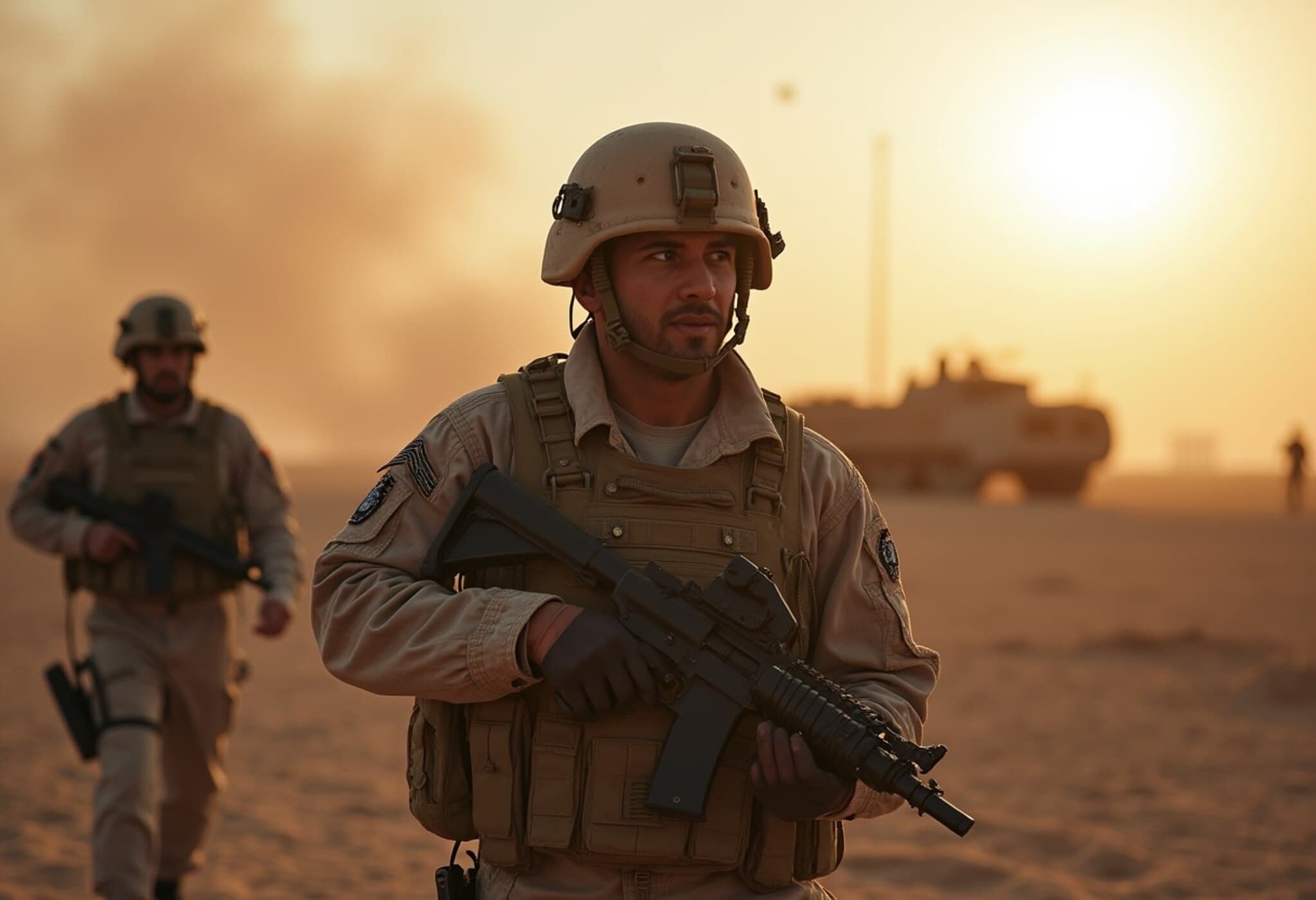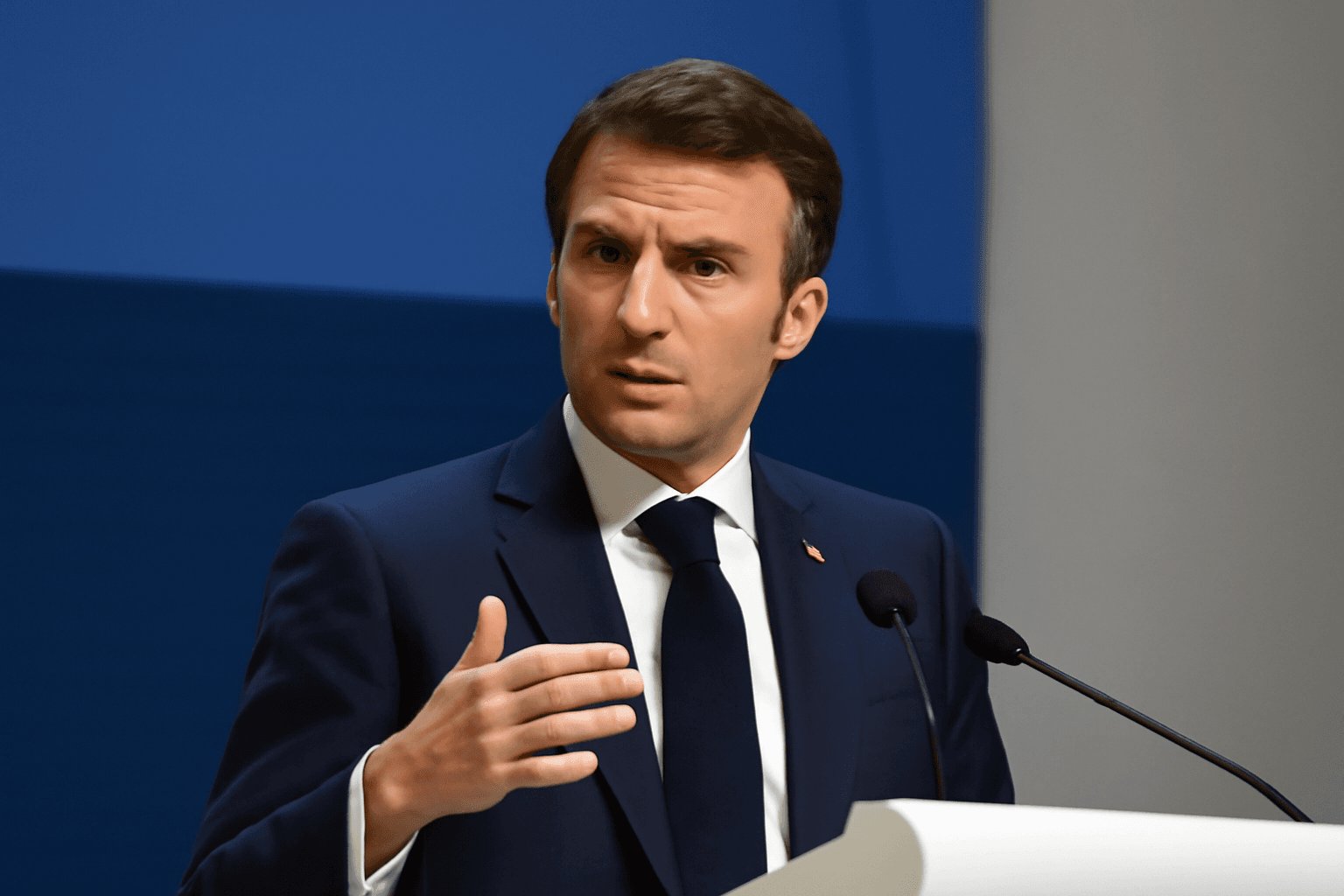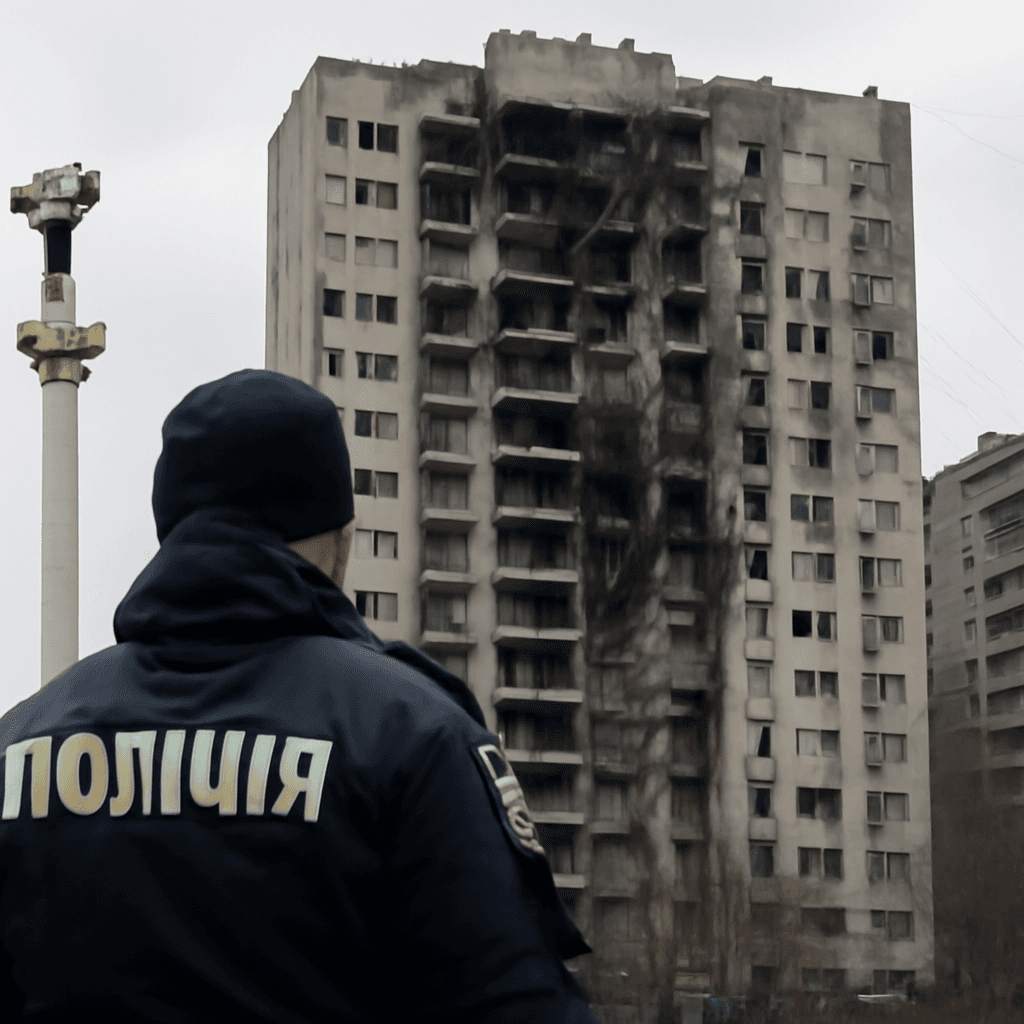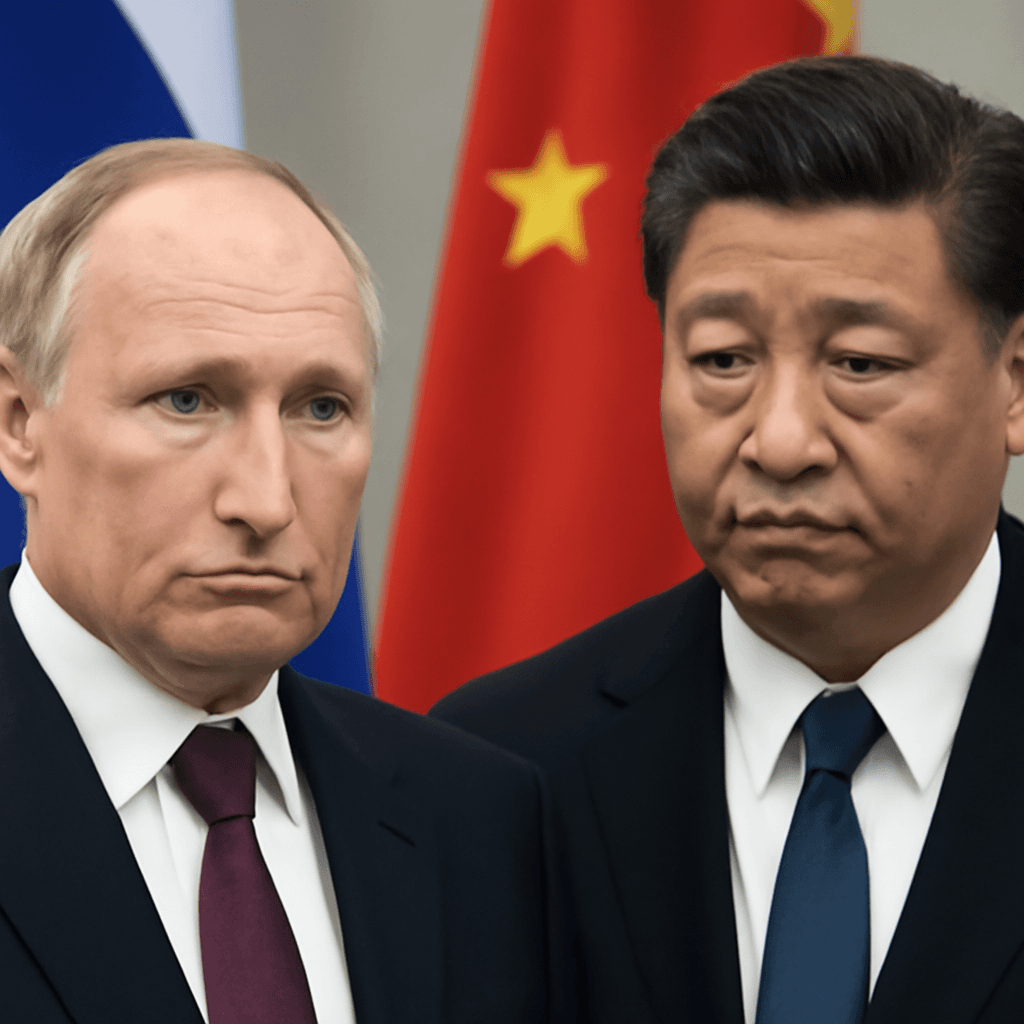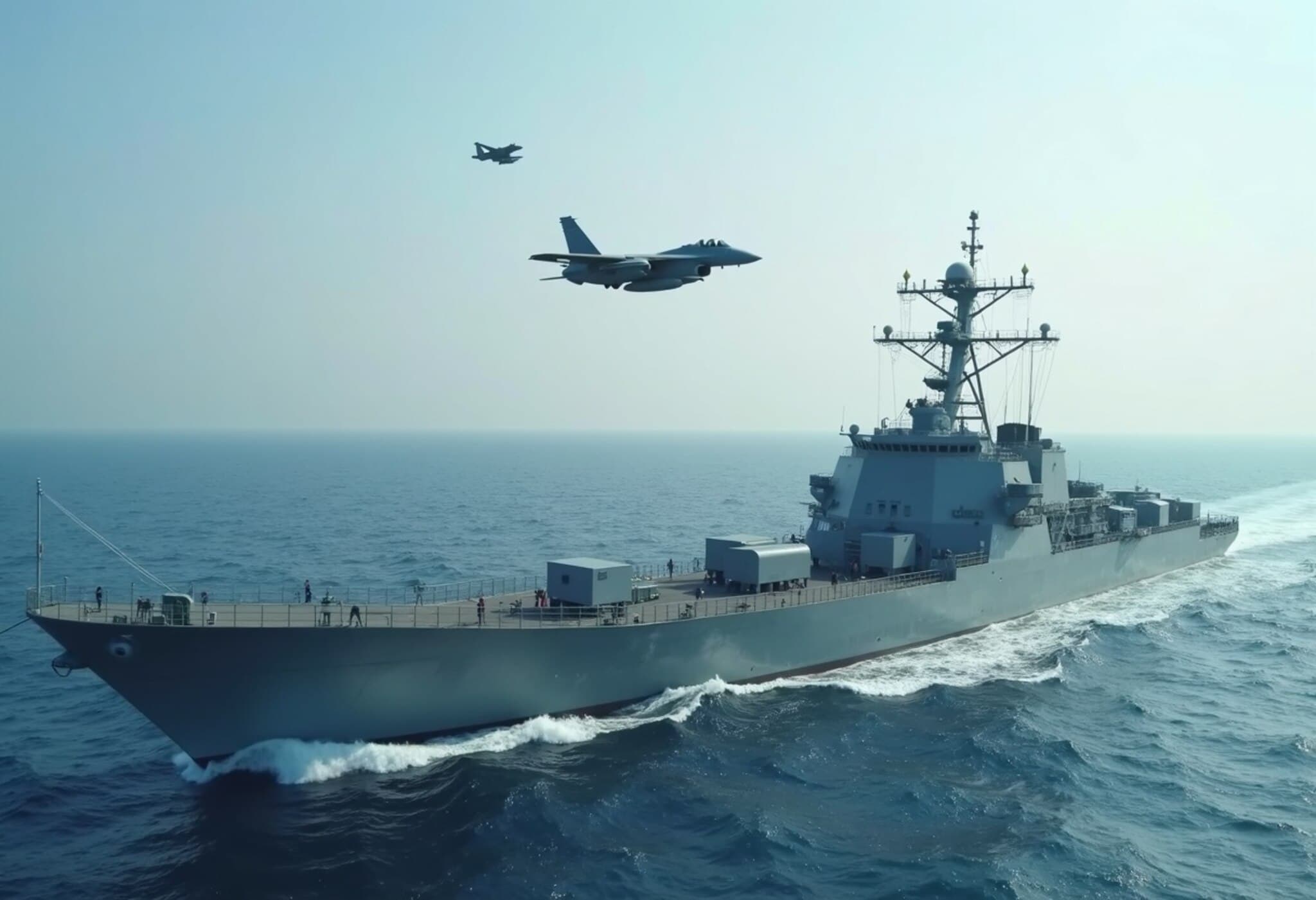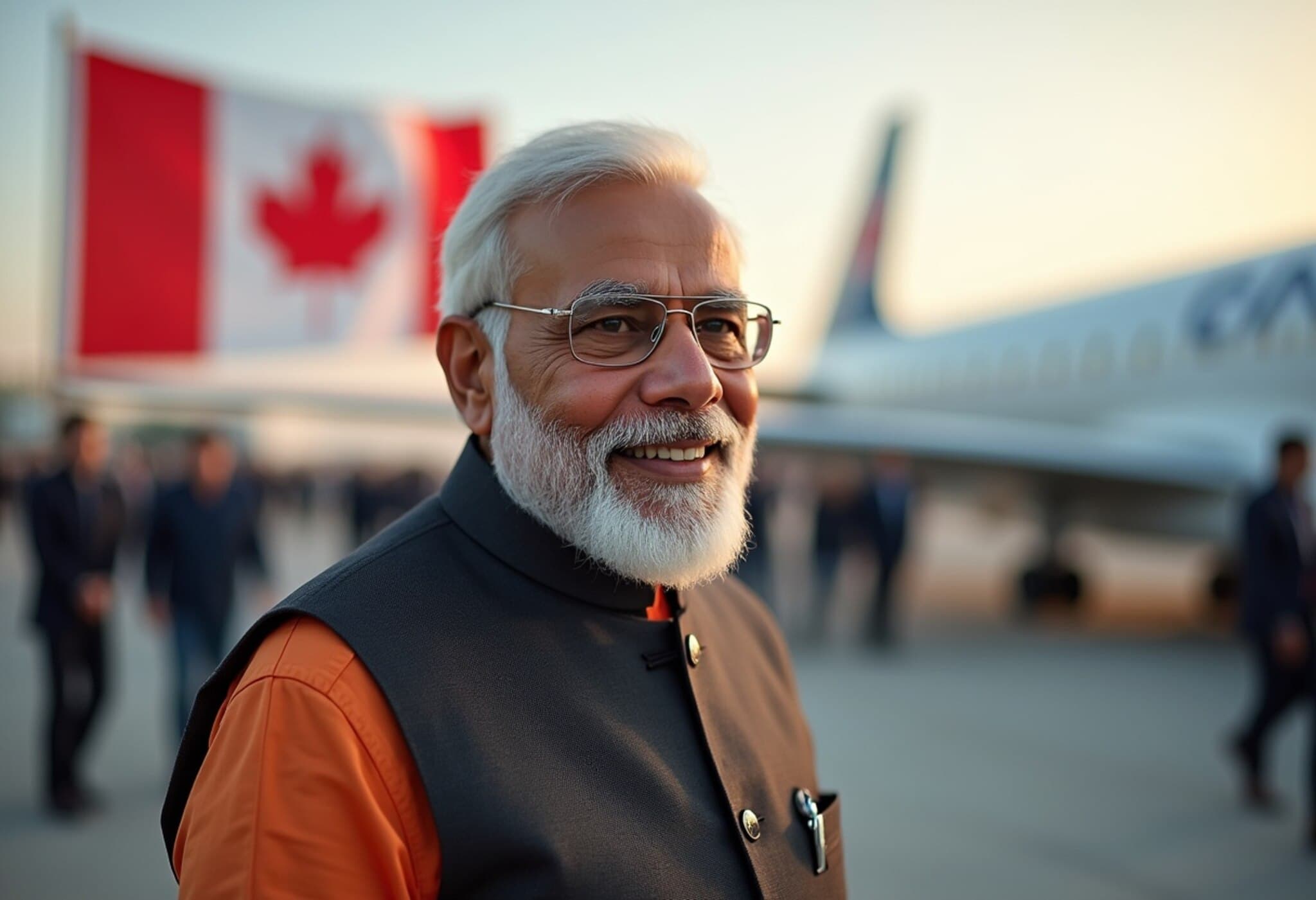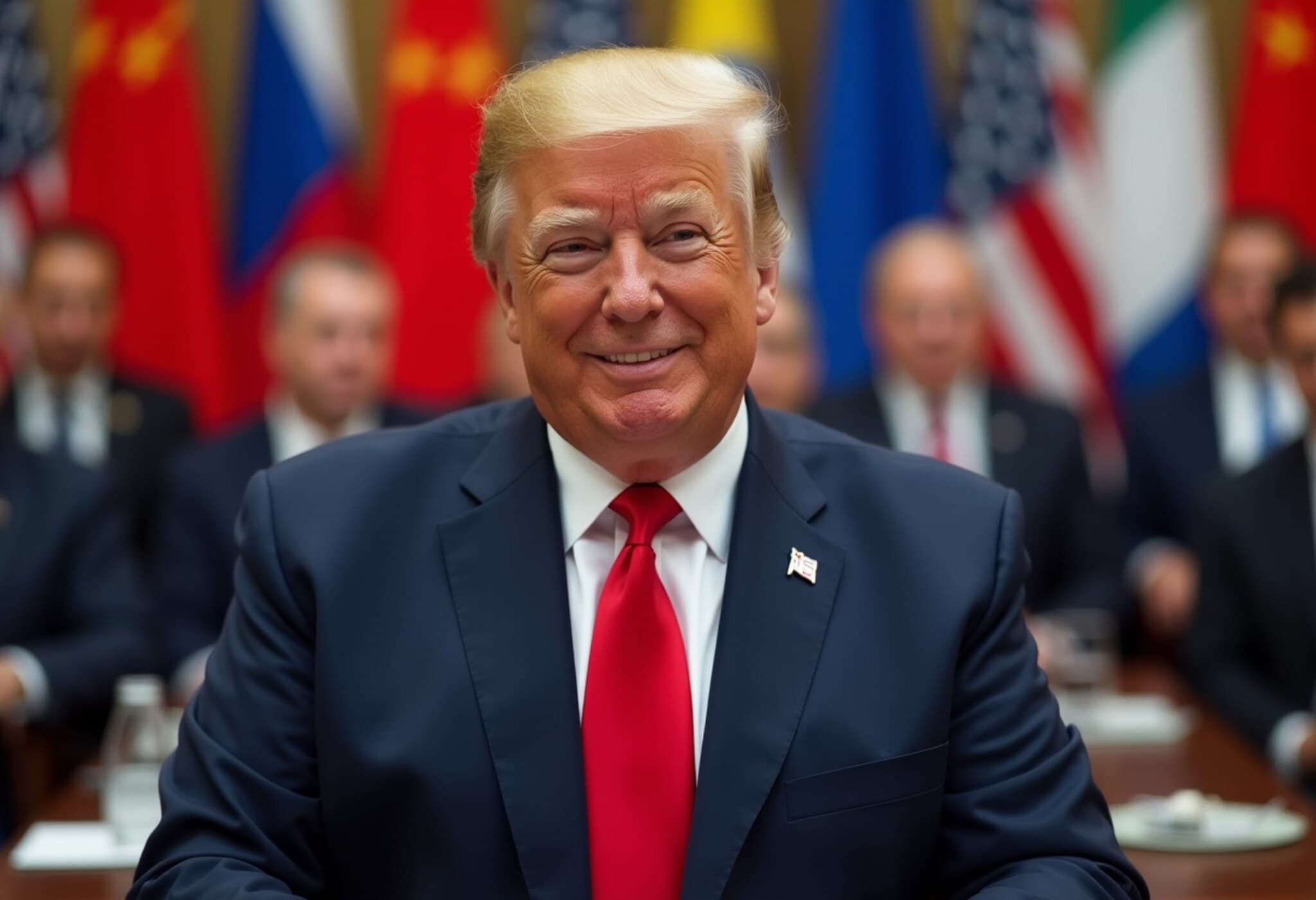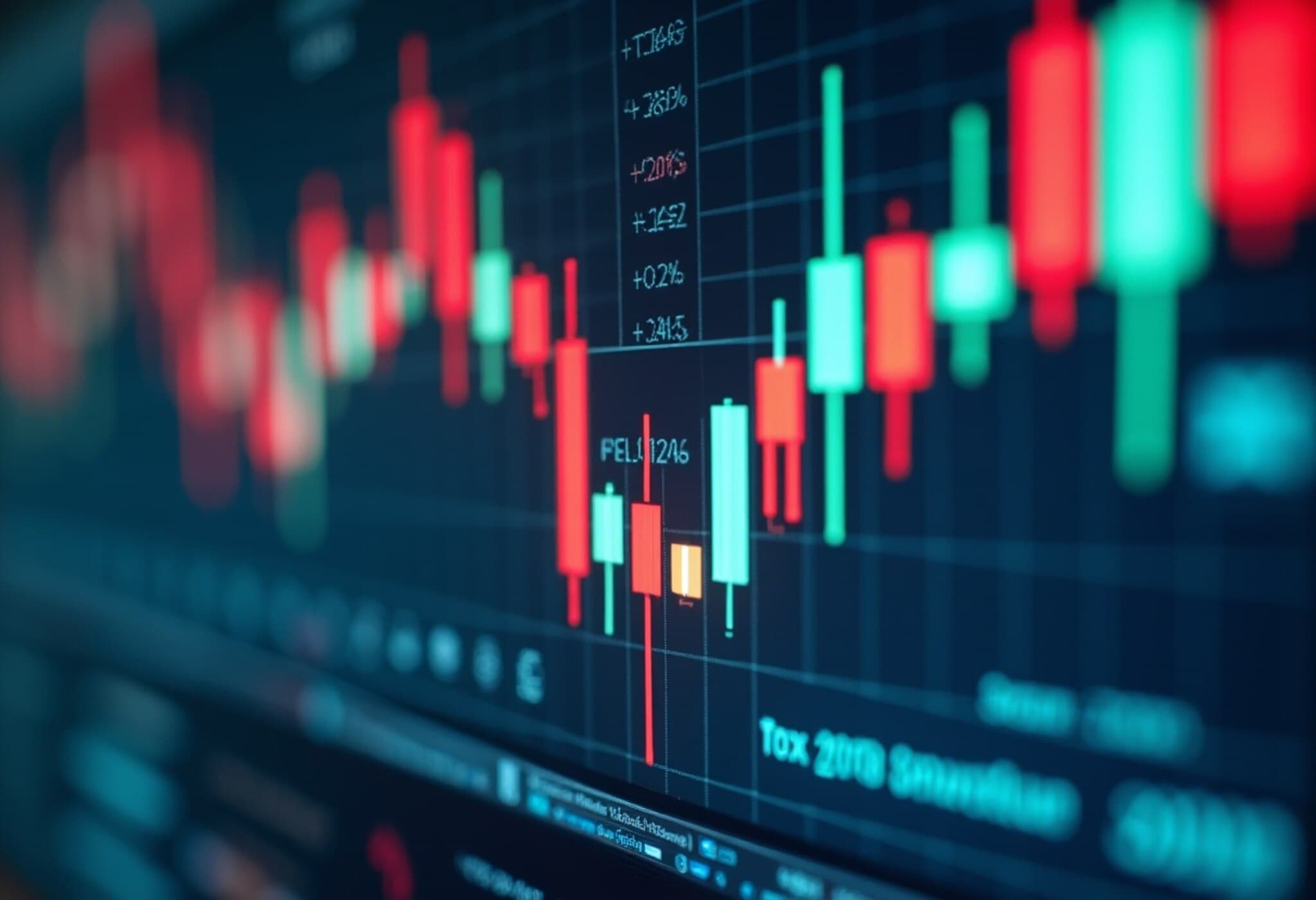Russia Accelerates Weapons Output Amid Growing Global Tensions
In a rare glimpse inside a pivotal hub of Russian military manufacturing, the state-backed channel Zvezda has released footage showcasing intensified weapons production efforts at a munitions factory in Tatarstan. This development marks a tangible symbol of President Vladimir Putin’s strategic push to bolster Russia’s military-industrial complex amid escalating geopolitical turmoil.
The Heart of Russian Munitions Manufacturing
The Tatarstan factory, featured prominently in the footage, is a critical node in Russia’s defense supply chain. It churns out a wide range of ammunition essential for sustained combat operations. Experts emphasize that an increase in output here signals Moscow’s preparation for possible protracted military engagement and efforts to replenish stockpiles depleted by ongoing conflicts.
What the Buildup Reveals About Kremlin Priorities
- Strategic Resilience: By ramping up munitions production, Russia aims to maintain operational readiness despite economic sanctions and international pressure.
- Domestic Propaganda: Carefully curated media releases like this serve to boost national morale and project an image of strength and self-sufficiency.
- Geopolitical Signaling: Increased armament manufacturing signals to Western powers and regional players the Kremlin’s intent to sustain its military capabilities long-term.
Expert Perspective: Economic and Policy Implications
From a policy analyst’s viewpoint, this surge in weapons production comes with significant economic tradeoffs. Russia’s defense industry consumes substantial fiscal resources, often at the expense of other sectors like healthcare and infrastructure. Moreover, sustained military expansion amid sanctions risks further political isolation and complicates diplomatic negotiations.
Former U.S. defense officials note that such militarization cycles often escalate regional arms races, increasing the risk of conflict spillover. The situation underscores the urgency for diplomatic channels to address underlying tensions before an arms buildup spirals out of control.
Underreported Narratives and Critical Questions
While the Kremlin proudly showcases its manufacturing prowess, less attention is paid to the human and environmental costs of such an industrial push. Questions remain about labor conditions in these factories, potential safety hazards from accelerated production, and long-term ecological impacts in industrial regions like Tatarstan.
Additionally, how this expanded production fits into Russia’s broader strategic roadmap— including its impact on global arms markets and weapon proliferation—warrants deeper investigation.
Looking Ahead: What This Means For Global Security
As Russia strengthens its military-industrial backbone, international stakeholders must weigh the implications carefully. The footage out of Tatarstan is more than a photo op; it’s an indicator of Kremlin resolve to sustain and possibly escalate its military engagements.
- Diplomatic Engagement: Renewed efforts at strategic dialogue are critical to forestall escalation.
- Monitoring Arms Flows: Transparency and verification mechanisms within global arms control frameworks must be reinforced.
- Public Awareness: Greater media and civil society scrutiny can illuminate the less visible costs of such militarization.
Editor’s Note
This rare inside look at Russia’s burgeoning munitions production reveals much about the Kremlin’s military priorities under Vladimir Putin. While it projects strength outwardly, the move raises complex questions about economic costs, human impacts, and the future of global security amid tense East-West relations. For readers tracking international stability, understanding these dynamics is crucial as the world navigates an increasingly uncertain geopolitical landscape.

